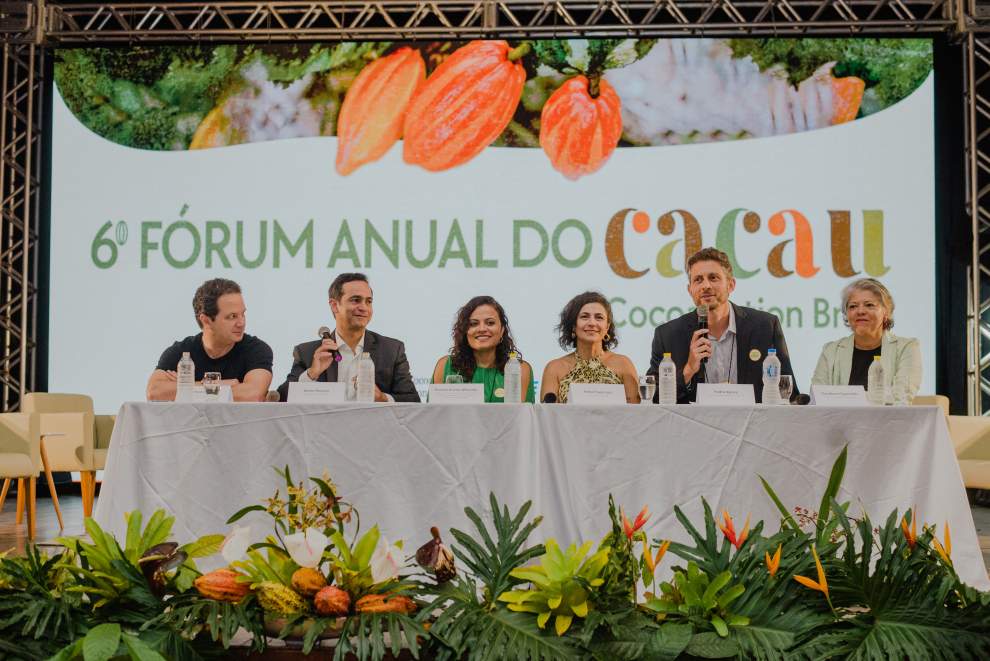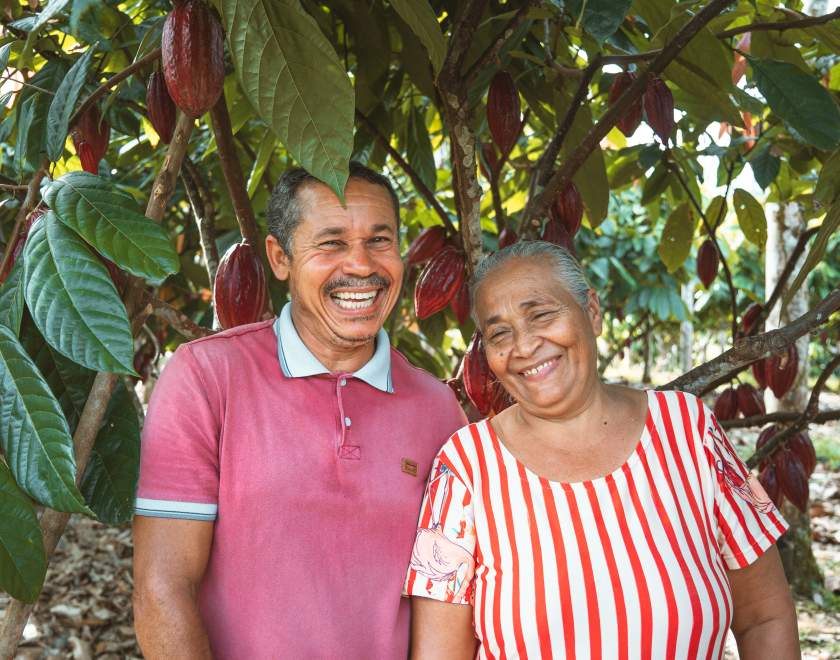A National Platform Driving Shared Progress In Brazil’s Cocoa Sector
CocoaAction Brasil brings together Brazil’s cocoa and chocolate industry, government institutions and development partners to advance sustainability, improve farmer livelihoods and strengthen forest-positive production systems. Since 2018, the initiative has become a model for how private and public sectors can work side by side to turn national ambition into measurable impact.



